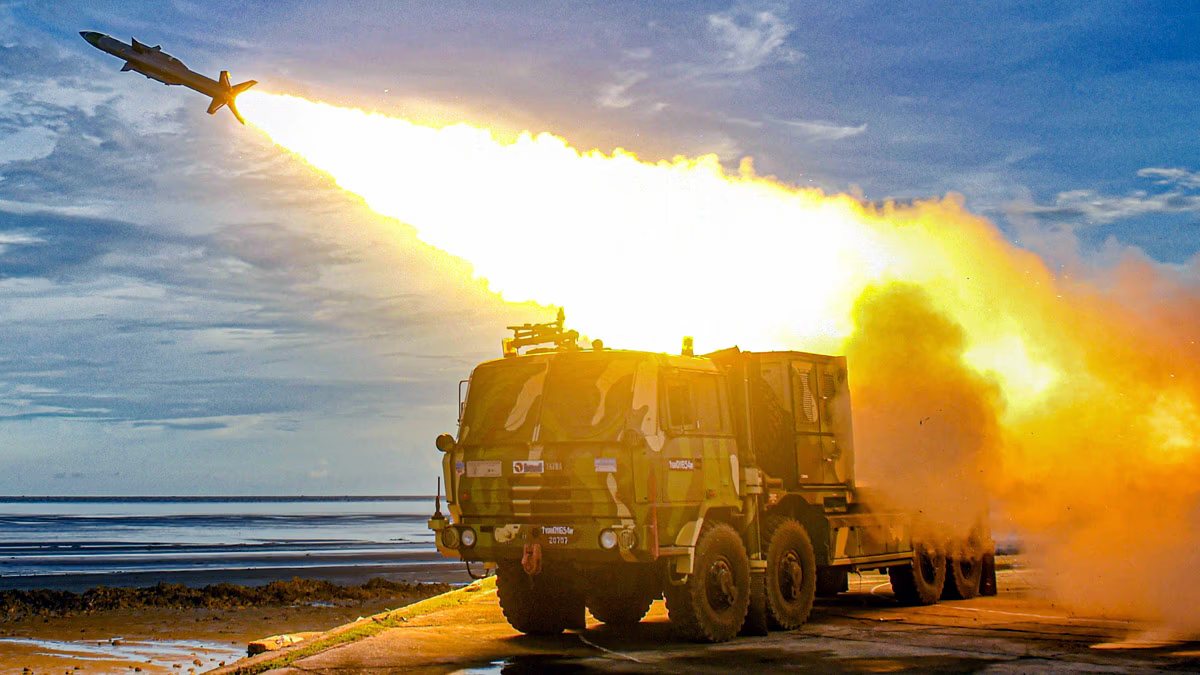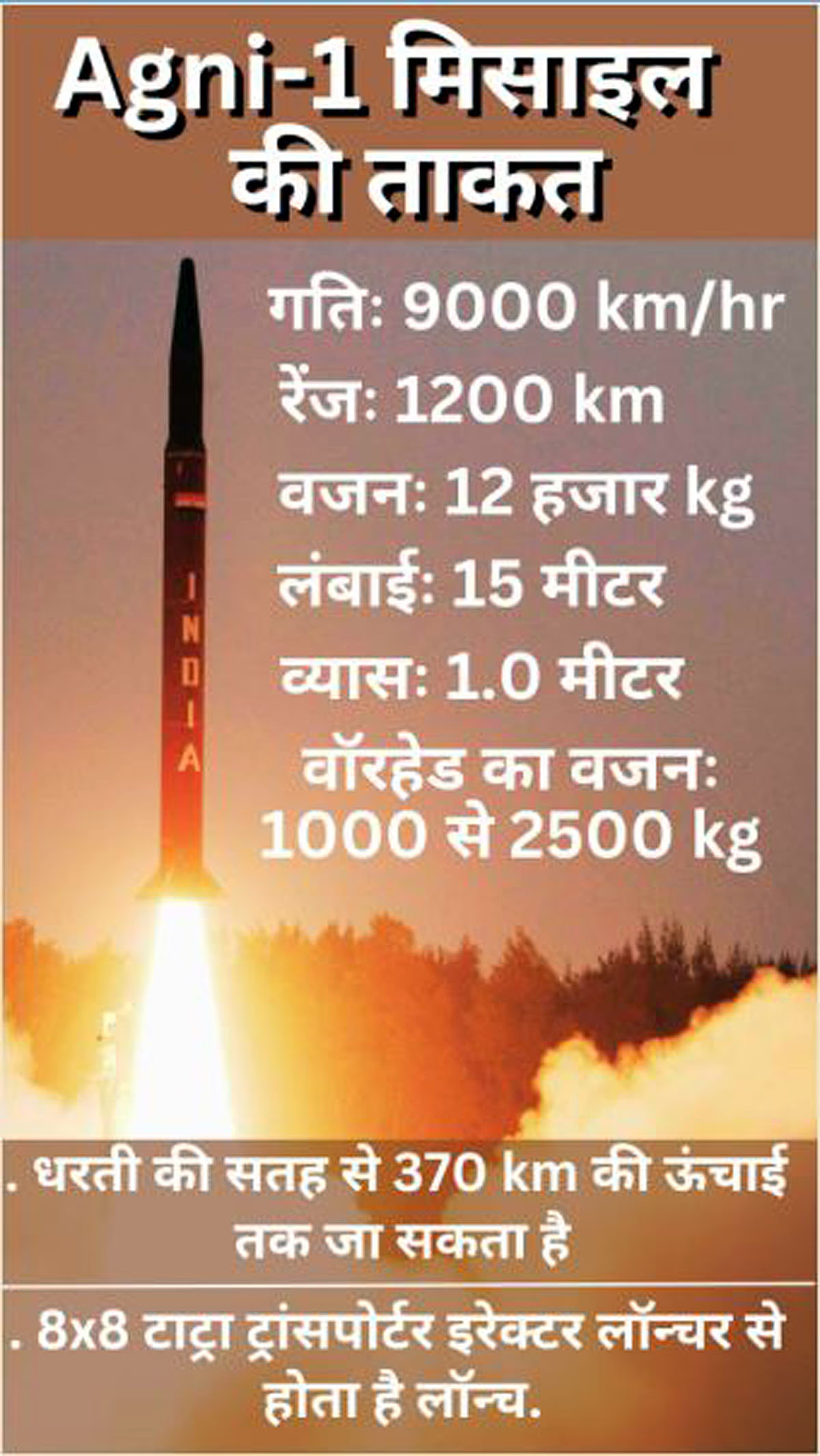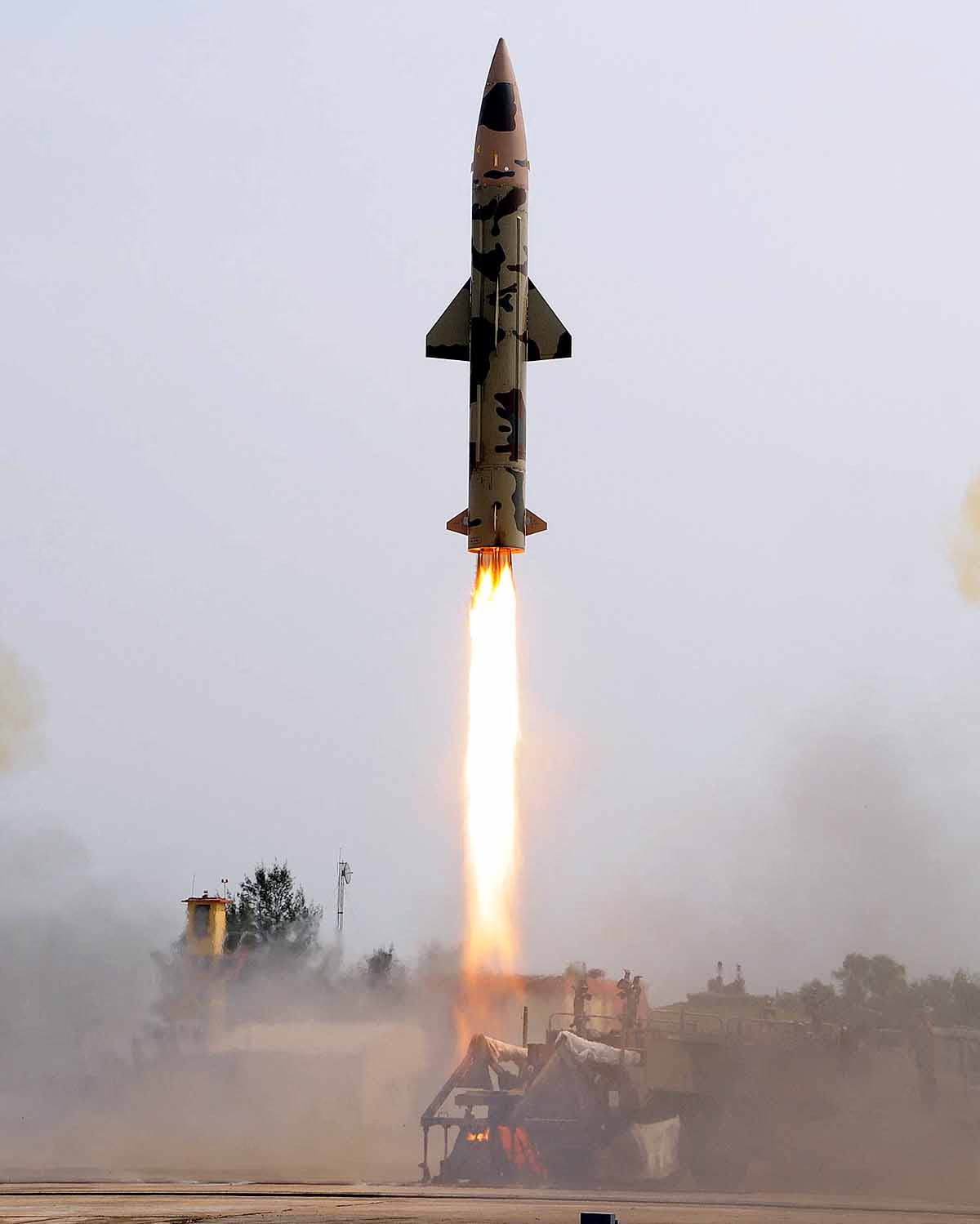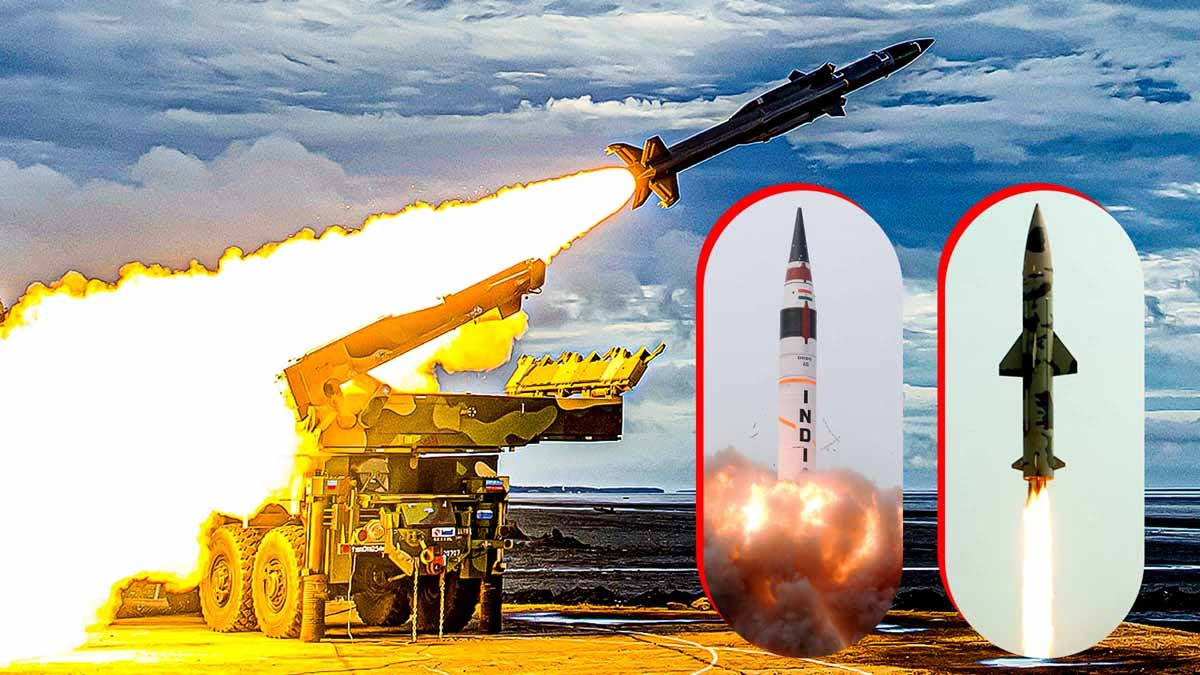India's missile technology is advancing with incredible speed. During Operation Sindhur, the strength of indigenous missile systems has been firmly established. On July 16 and 17, 2025, India achieved significant milestones in defense, conducting three pivotal missile tests within a single day, showcasing its strategic and technical capabilities to the world.
The Triumph of Three Missiles
Akash Prime Thunders in Ladakh:
On July 16, the Indian Army and DRDO successfully tested the Akash Prime missile in the treacherous terrains of Ladakh. This missile was tested at an altitude exceeding 4,500 meters (approximately 15,000 feet) where oxygen is scarce, and the winds are fierce.
Read More:
Prithvi-2 and Agni-1 in Odisha:
On July 17, the integrated test range at Chandipur, Odisha saw successful tests of Prithvi-2 and Agni-1 missiles. Both are short-range ballistic missiles essential to India's nuclear strength.
Akash Prime: Victory at Altitude
Akash Prime, an advanced version of the Akash system, is designed for the Indian Army. It can strike targets up to 30-35 kilometers and is effective up to 18-20 kilometers in altitude. It's equipped to counter fighter jets, cruise missiles, and drones. The 'Rajendra' radar provides 360-degree coverage and tracks multiple targets concurrently.
Read More:

Source: aajtak
During testing, Akash Prime successfully destroyed two high-speed drones. Its most notable feature is the indigenous radio frequency seeker (RF Seeker), precisely identifying and guiding the missile to the target. Previously, this technology was only available to a few nations.
This test was a 'First of Production Model Firing Trial', aimed at expediting deployment for the armed forces. The Indian Army, DRDO, Bharat Dynamics Limited, Bharat Electronics Limited, and private companies participated. The missile is set to be deployed along border areas.
Read More:

Source: aajtak
Prithvi-2 and Agni-1: Foundation of Nuclear Power
Prithvi-2 is powered by liquid fuel and can hit targets up to 350 kilometers. Agni-1 is powered by solid fuel with a range of 700 kilometers. Both missiles can carry nuclear and conventional warheads. They were tested under the oversight of the Strategic Forces Command, meeting all technical parameters successfully.
Read More:
Remembering Operation Sindhur
This success of Akash Prime follows Operation Sindhur, where India thwarted aerial attacks from Pakistan. At that time, the Akash system intercepted Chinese drones and Turkish aircraft. Now, Akash Prime has been enhanced with military guidance, especially for high-altitude regions.

Source: aajtak
The successful testing of three missiles has elevated India's defense capabilities to new heights. Akash Prime in Ladakh and Prithvi-2 and Agni-1 in Odisha have demonstrated their strength. This represents India's self-reliance in nuclear and aerial defense, strengthening border security.




